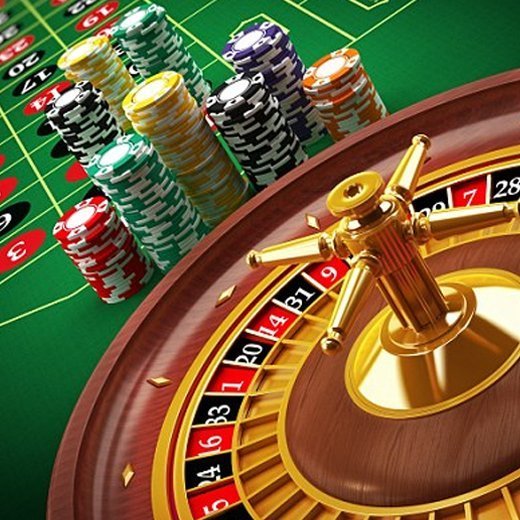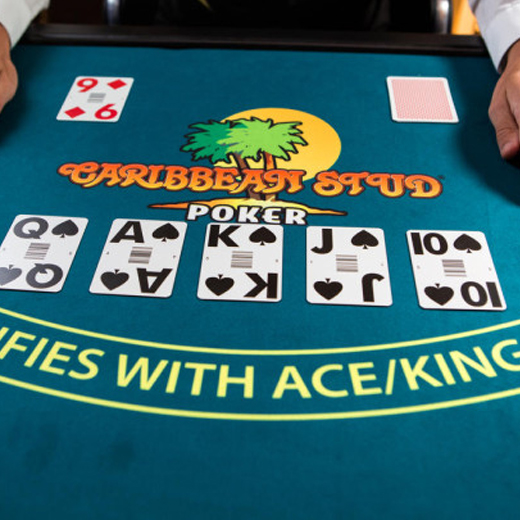Pai Gow Poker, also known as double-hand poker, is a variation of the most popular card game ever. It is inspired by the traditional rules of Pai Gow.
It’s not as old as blackjack or poker itself. In fact, this poker variation arrived in casinos in 1985. In its short time on the scene, it has managed to climb the list of most popular poker variations quite high. With a house edge of around 2.5%, Pai Gow is profitable. And it’s fun to play once you learn all the rules.

What are the Rules of Pai Gow Poker?
Pai Gow Poker is played with a standard 52-card deck plus a joker. The joker can complete a Straight or Royal Flush or be used as an Ace. The game follows all the familiar rules of poker, with a few exceptions.
The second highest straight in the game is called “The Wheel”. It consists of an Ace, 2, 3, 4, and 5. This rule, however, was banished from some casinos. So make sure to check the rules of play at any table before you sit at it.
After getting his 7 cards, the player arranges a 5-card hand (high) and a 2-card hand (low). This is the biggest difference between poker and Pai Gow Poker. It’s also the rule that makes it unique. The value of the high hand must exceed the value of the low hand. And of course, both must beat the corresponding hands of the dealer.
After the player has arranged his cards and placed down a bet, the dealer will reveal his hand. The high hand and his low hand. He compares them to the player’s hands. The hand with a higher poker value obviously wins. Except in the case of a tie. In that case the bet goes to the banker.






